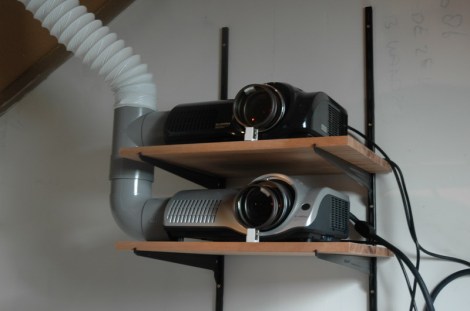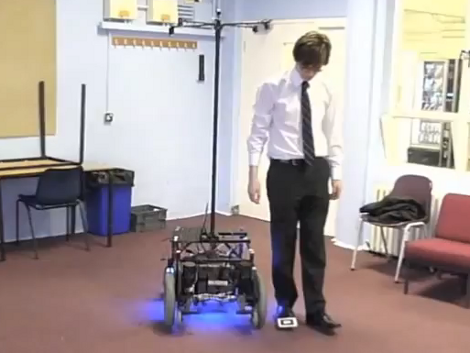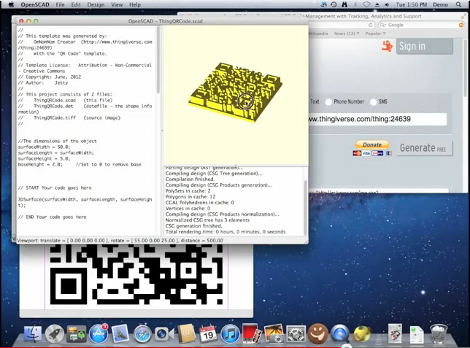Modeling simple objects in 3D can take some time. Modeling complex items… well you can get your college degree in that sort of thing. This method side-steps the artistic skill necessary to make the real virtual by using a laser and camera to map a three-dimensional object.
[Alessandro Grossi] is breaking the rules by using a 100mW laser for the project. He thinks that the Italian government prohibits anything over 5mW, but also mentions that the lens used to turn the laser dot into a vertical line drops the power dramatically. The beefy diode does still pay off, providing an incredibly intense line of light on the subject being mapped. The high-end DSLR camera mounted on the same arm as the laser captures a detailed image, which can be processed to dump everything other than the laser line itself. Because the two are mounted on different axes, the image provides plenty of perspective. That translates to the 3D coordinates used in the captured model shown in the inlaid image.
We’ve seen 3D scanners that move the subject; they usually rotate it to map every side. This method only captures one side, but the stepper motor moves in such small increments that the final resolution is astounding. See for yourself in the video after the break.

















